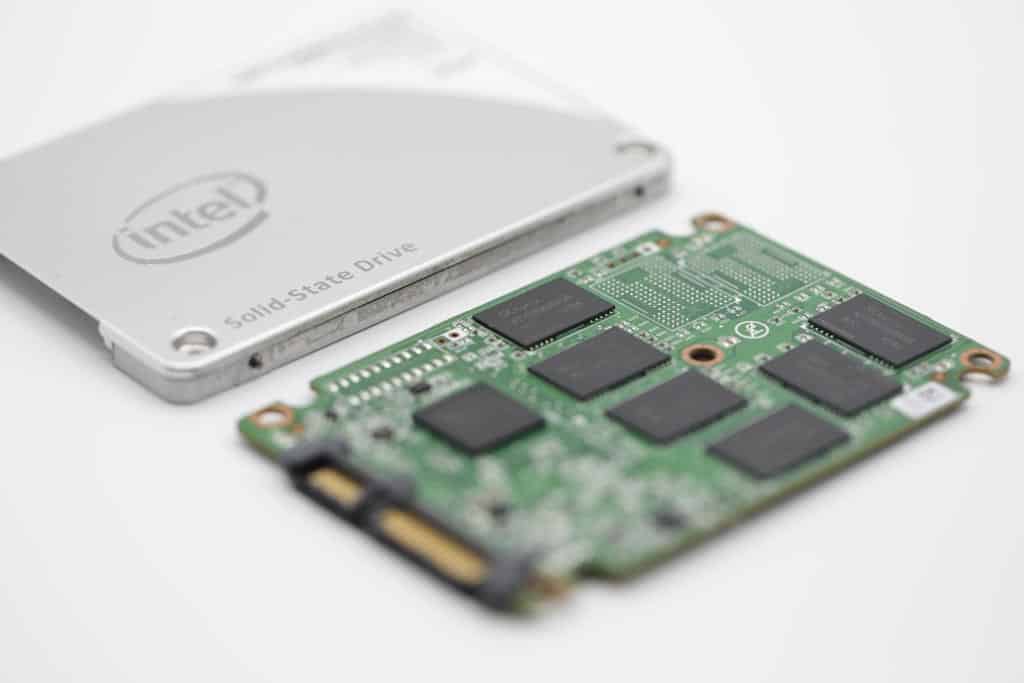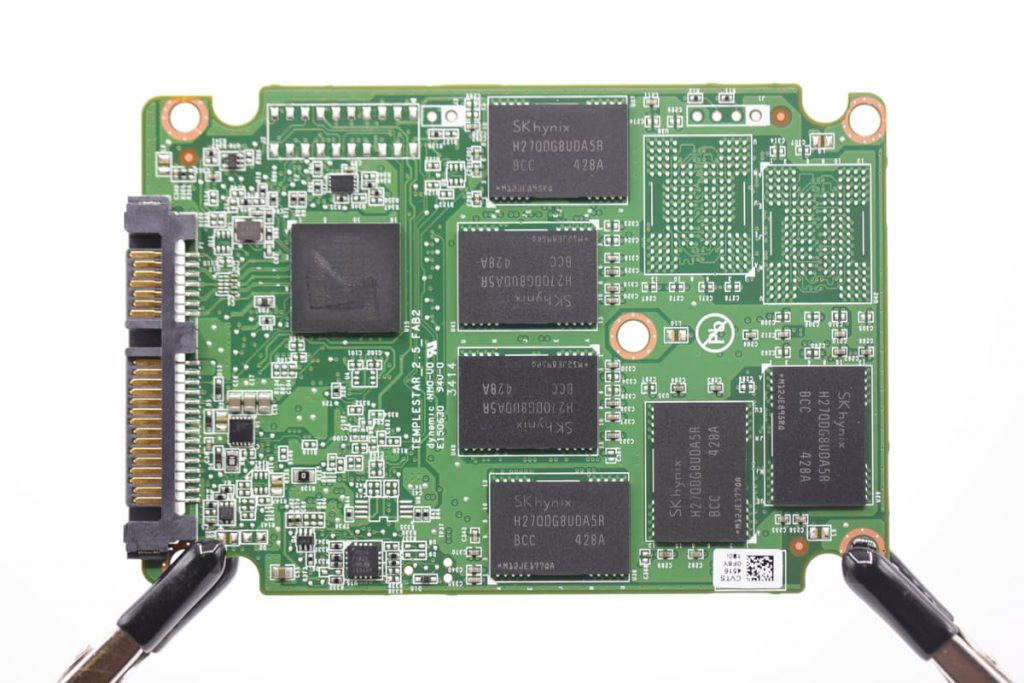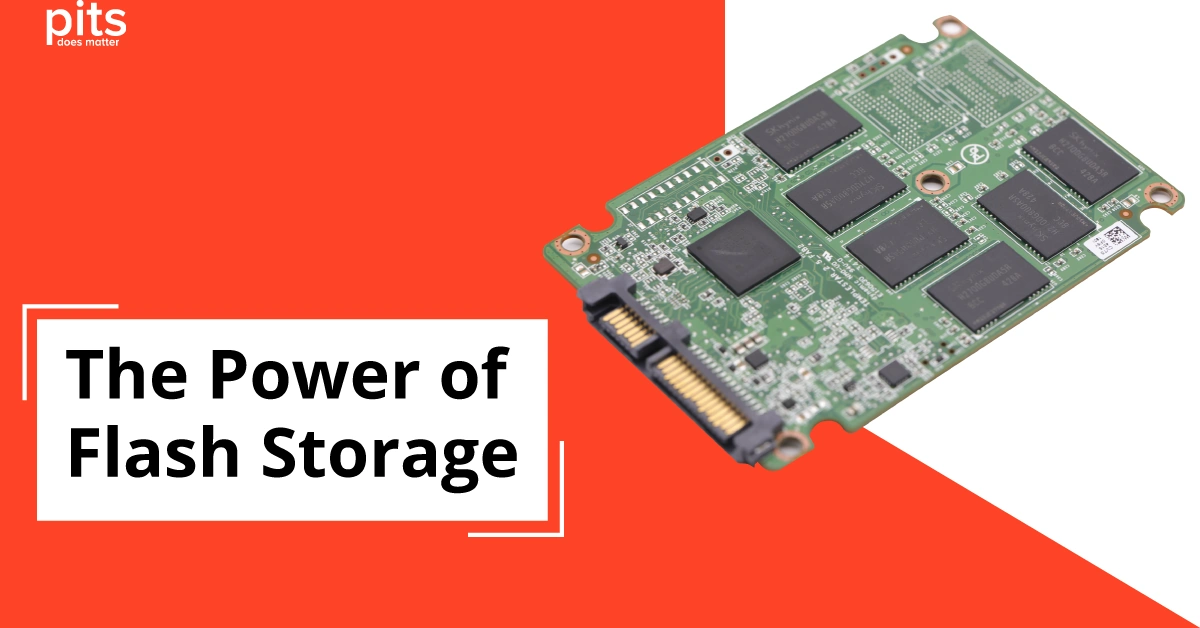In the world of data storage, innovation is an unstoppable force. As technology advances, so do the methods and mediums we use to store our valuable information. Gone are the days of spinning disks and moving parts dominating the storage landscape. Instead, we now find ourselves in the era of flash storage – a game-changing technology that has revolutionized the way we think about data storage and retrieval. In this article, we will delve deep into the realm of flash storage, exploring its inner workings, benefits, and its pivotal role in shaping the present and future of digital data management.
Understanding Flash Storage
Flash storage, often referred to as solid-state storage, represents a significant departure from traditional spinning disk drives (HDDs) that rely on mechanical components. Unlike HDDs with their delicate and vulnerable spinning platters, flash storage devices are built on the principle of solid-state technology, which means they have no moving parts, resulting in enhanced reliability and durability. But the true magic lies in the memory cells within these devices, which retain stored data even when the power is turned off.
The Rise of Solid-State Drives (SSDs)
Solid state drives (SSDs) are the crown jewels of flash storage technology. These compact and efficient devices have transformed the way data is stored and accessed. Unlike HDDs, which rely on spinning disks and reading heads to access data, SSDs utilize high-speed memory cells to provide lightning-fast access to stored data. This random access memory (RAM)-like behavior eliminates the lag associated with waiting for a mechanical arm to locate data on a spinning disk, resulting in unparalleled speed and responsiveness.
Advantages of Flash Storage
Speed
Flash storage’s high-speed nature stems from its lack of moving parts. The absence of mechanical components means that data can be read and written much faster than on traditional HDDs.
Reliability
With no moving parts to wear down, flash storage devices boast exceptional reliability and longevity. This is particularly important in scenarios where frequent access to data is crucial, such as in data centers or high-performance computing environments.

Energy Efficiency
Flash storage devices are remarkably energy-efficient due to their lack of moving parts and low power consumption. This characteristic is especially relevant in today’s world, where sustainability is a paramount concern.
Compact Form Factor
Flash storage devices, especially memory cards, and solid-state drives, are compact and portable. This makes them ideal for devices like digital cameras and smartphones where space is limited.
High Storage Capacity
Over the years, flash technology has seen significant advancements in storage capacity. Modern flash arrays and SSDs offer ample space for storing large amounts of data without compromising performance.
Applications of Flash Storage
The impact of flash storage technology reverberates across various industries and sectors:
Data Centers
Flash storage devices are the backbone of modern data centers. They power high-performance applications and databases, providing rapid data access and reducing latency.
Consumer Electronics
From smartphones to laptops and digital cameras, flash storage is the driving force behind the sleek and efficient designs of these devices. Users can enjoy faster boot times, smoother multitasking, and quicker application launches.
Enterprise Systems
Businesses rely on flash arrays to accelerate mission-critical applications and manage the growing volume of data generated daily. The high performance and reliability of flash storage play a pivotal role in enhancing productivity.
Cloud Computing
Cloud service providers harness the speed and efficiency of flash storage to deliver seamless and responsive services to users around the world.

Looking Ahead: The Future of Flash Storage
As technology continues to evolve, so does flash storage. The industry is witnessing a relentless pursuit of higher storage capacities and even greater performance. The ongoing research and development in the field are focused on improving memory cell structures, reducing costs, and increasing overall efficiency.
Emerging trends to watch out for in the realm of flash storage include:
3D NAND Technology
This innovation allows for stacking memory cells vertically, increasing storage density and further driving down costs.
NVMe Protocol
Non-Volatile Memory Express (NVMe) is a protocol designed specifically for flash storage. It reduces latency and maximizes the potential of high-speed SSDs.
Storage Class Memory (SCM):
SCM blurs the lines between traditional RAM and flash storage, offering even faster access times and greater storage capacity.
Flash storage technology has ushered in a new era of data management, relegating spinning disks and moving parts to the pages of history. The advantages of flash storage, including its high speed, reliability, and compact form factor, have enabled its integration into various industries, from consumer electronics to enterprise-level data centers. As we move forward, the ongoing innovations in flash storage promise to reshape the digital landscape, propelling us toward a future where disk drives become a relic of the past. With the evolution of 3D NAND, NVMe protocols, and Storage Class Memory, flash storage’s capabilities are poised to soar even higher, solidifying its status as the cornerstone of high-performance data storage.
Frequently Asked Questions
What is flash storage?
Flash storage is a technology that uses solid-state memory to store data on electronic chips. Unlike traditional hard drives with moving parts, flash storage has no mechanical components, leading to faster data access, improved reliability, and energy efficiency.
How does flash storage work?
Flash storage works by storing data in memory cells that retain information even when power is turned off. When you access data, the storage retrieves it from these cells electronically, eliminating the need for mechanical movements and resulting in quicker response times.
What are the benefits of flash storage?
Flash storage offers several benefits, including faster data access, increased reliability due to the absence of moving parts, energy efficiency, compact design for portability, and high storage capacities to accommodate large amounts of data.
Where is flash storage used?
Flash storage is used in a wide range of devices and applications, including smartphones, laptops, digital cameras, data centers, cloud computing, and enterprise systems. It’s favored for its speed, durability, and space-saving properties.
How is flash storage different from traditional hard drives?
Unlike traditional hard drives (HDDs), which use spinning disks and mechanical arms to access data, flash storage has no moving parts. This leads to significantly faster data access, reduced risk of mechanical failures, and a more compact form factor, making it ideal for modern computing needs.
